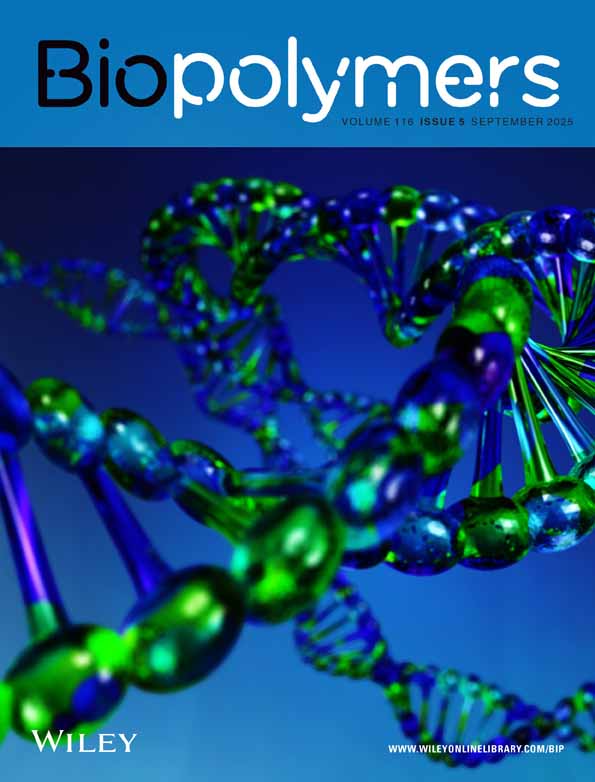Conformation of a cyclic tetrapeptide related to an analog of enkephalin
Abstract
A systematic survey has been made, using molecular mechanics, of the conformation of cyclo(-Nγ-Mabu-Gly-Ala-Ala-), where Mabu is (R)-α-methyl-γ-aminobutyric acid. This molecule corresponds to the 14-membered ring of the conformationally restricted, biologically active, Leu-enkephalin analog, Tyr-cyclo(N γ-D-A2bu-Gly-Phe-Leu-), reported by DiMaio and Schiller [(1980) Proc. Natl. Acad. Sci. USA 77, 7162–7166]. There is one extensive low-energy conformational region, in which the two lowest energy minima are separated by a low barrier; other low-energy conformations exist but are closely restricted. Assuming that enkephalin in its active form shares conformation features with the cyclic molecule, it is deduced that enkephalin contains a Gly3-Phe4 type II′ bend and that it could be similar to the model proposed by Clarke et al. [(1978) J. Med. Chem. 21, 600–606].




